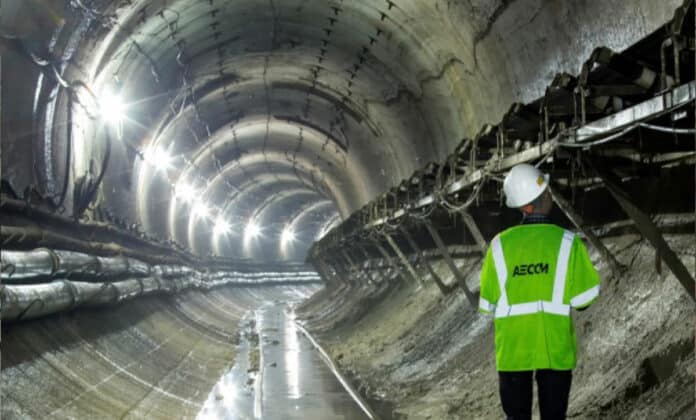Norwegian green power giant Statkraft has agreed to acquire the Red John Pumped Storage Hydro Scheme from Intelligent Land Investments Group (ILI). The company bought the 450MW “water battery” project next to Loch Ness in Scotland to store renewable energy.
Loch Ness’ Red John Pumped Storage Hydro Scheme was first conceived in 2015 and was granted consent by Scottish Government ministers in June 2021. The acquisition demonstrates Statkraft’s latest commitment to helping Scotland meet its renewable energy targets and strengthening UK energy security.
Located next to the lake that is the legendary home of the Loch Ness monster – 14km south-west of Inverness, the project will capture excess renewable energy and store it until needed, helping provide security of supply as Great Britain’s electricity network shifts away from fossil fuels. This significant UK renewable energy infrastructure project is pending a final investment decision. It will support hundreds of jobs during construction and provide locally-based permanent jobs once operational.
The pumped storage plants act like giant water batteries by using reversible turbines to pump water from a lower reservoir to a higher reservoir. This pumping happens at times when there is more energy being produced on the grid network than is needed. This energy is stored until it is required, when the water is allowed to flow back through a hydro-turbine, generating electricity to meet sudden or predicted spikes in consumer demand.
This cycle of pumping and generating repeats on a daily basis as required. Pumped storage utilizes excess generated electricity when consumer demand is low and generates electricity when demand requires it.
“Statkraft is fully committed to supporting the UK in strengthening its energy security and helping to secure the economic benefits of the net zero transition,” Kevin O’Donovan, Statkraft’s UK Managing Director, said in a statement. “The acquisition of this significant pumped hydro storage scheme will play a key role in that. But there needs to be an appropriate support mechanism in place, so we’re now looking to the UK Government to provide the certainty that will allow us to proceed with confidence.”
O’Donovan highlighted the need for long-duration energy storage – such as pumped hydro storage – to achieve net-zero emissions and urged the Scottish government for Westminster to support the development through a market support mechanism. The industry has proposed a “cap-and-floor mechanism” that would ensure a minimum level of revenue for long-duration storage projects and would enable the construction of several pumped hydro plants that have already obtained planning permission.
ILI CEO Mark Wilson also appealed to the UK government to provide support mechanisms for long-duration storage and strive to become a world leader in achieving net zero. In July, the Scottish government approved the construction of a 600MW pumped hydro plant on Ben Cruachan, also known as the “Hollow Mountain.” The developer of that project, the UK’s Drax Group, also demanded a financial stabilization mechanism to support such batteries.
Statkraft specializes in technologies such as wind, solar, hydropower, battery storage, and green hydrogen. The company has a strong presence in Scotland, with its headquarters in Glasgow, operates several wind farms, and has also developed Keith Greener Grid Park in Moray. It currently has several pumped storage plants in operation in Norway and Germany, in addition to over 350 hydropower plants, including one in Rheidol near Aberystwyth (Wales, United Kingdom). Its ongoing projects in Scotland represent at least £2bn of potential future capital investment.
